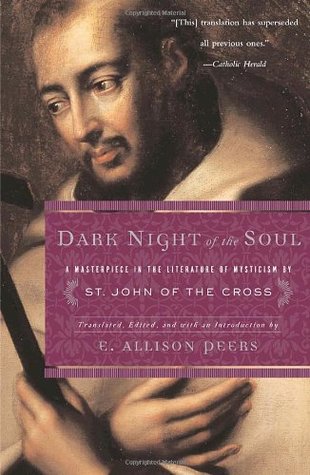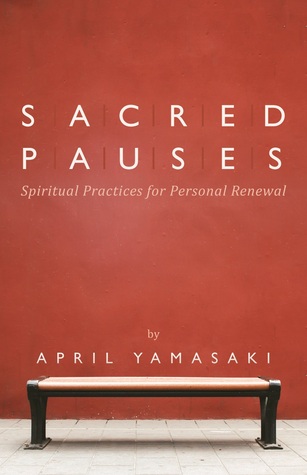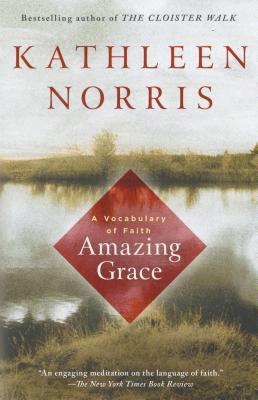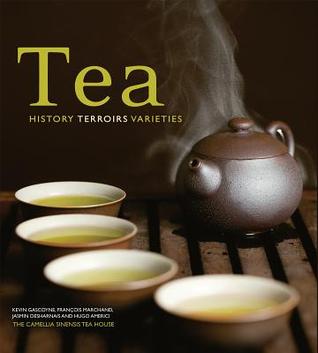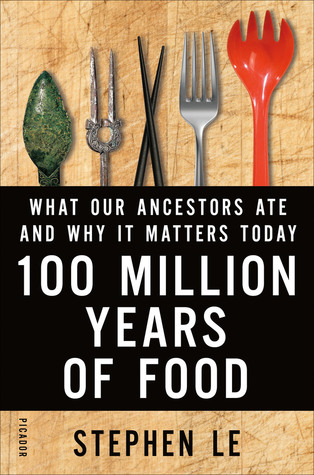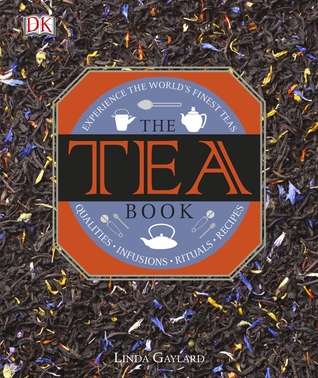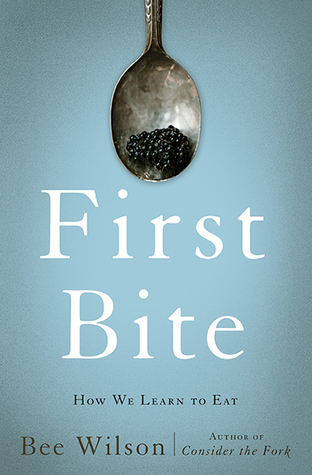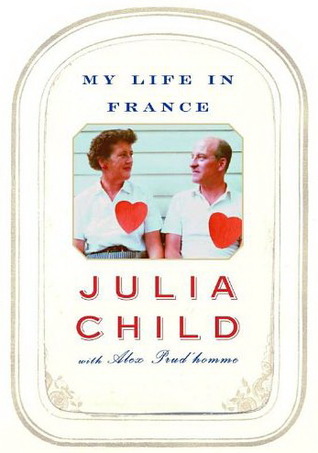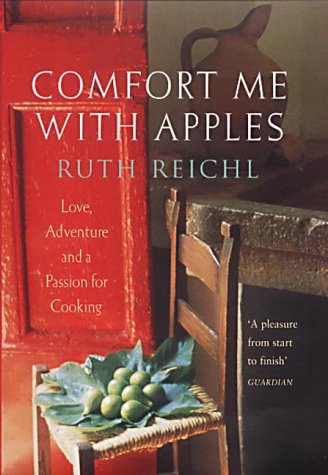In her own words, here is the captivating story of Julia Child’s years in France, where she fell in love with French food and found “her true calling.”
From the moment the ship docked in Le Havre in the fall of 1948 and Julia watched the well-muscled stevedores unloading the cargo to the first perfectly soigné meal that she and her husband, Paul, savored in Rouen en route to Paris, where he was to work for the USIS, Julia had an awakening that changed her life. Soon this tall, outspoken gal from Pasadena, California, who didn’t speak a word of French and knew nothing about the country, was steeped in the language, chatting with purveyors in the local markets, and enrolled in the Cordon Bleu.
After managing to get her degree despite the machinations of the disagreeable directrice of the school, Julia started teaching cooking classes herself, then teamed up with two fellow gourmettes, Simone Beck and Louisette Bertholle, to help them with a book they were trying to write on French cooking for Americans. Throwing herself heart and soul into making it a unique and thorough teaching book, only to suffer several rounds of painful rejection, is part of the behind-the-scenes drama that Julia reveals with her inimitable gusto and disarming honesty.
Filled with the beautiful black-and-white photographs that Paul loved to take when he was not battling bureaucrats, as well as family snapshots, this memoir is laced with wonderful stories about the French character, particularly in the world of food, and the way of life that Julia embraced so wholeheartedly. Above all, she reveals the kind of spirit and determination, the sheer love of cooking, and the drive to share that with her fellow Americans that made her the extraordinary success she became.
Le voici. Et bon appétit!
